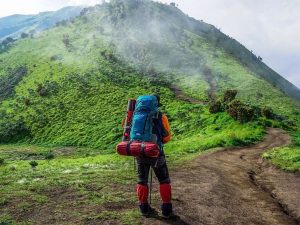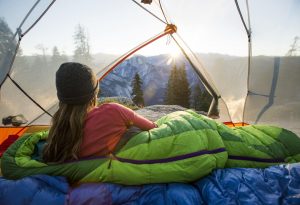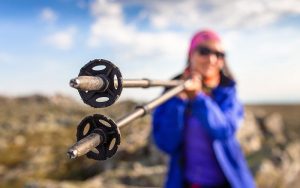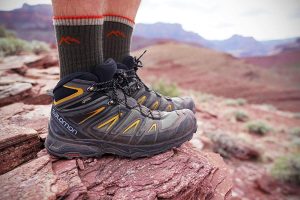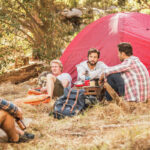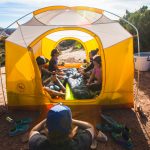When you are heading out on a backpacking trip, the last thing you want to worry about is not being able to cook food. Cooking your own meals while camping can save you money and give you more enjoyment from your experience. A stove is essential for preparing delicious food in the wild. But with so many different types of stoves available on the market today, how do you choose one that’s right for your needs? In this blog post, we’ll discuss the different types of stoves available on the market today and how to choose the right one for your needs.
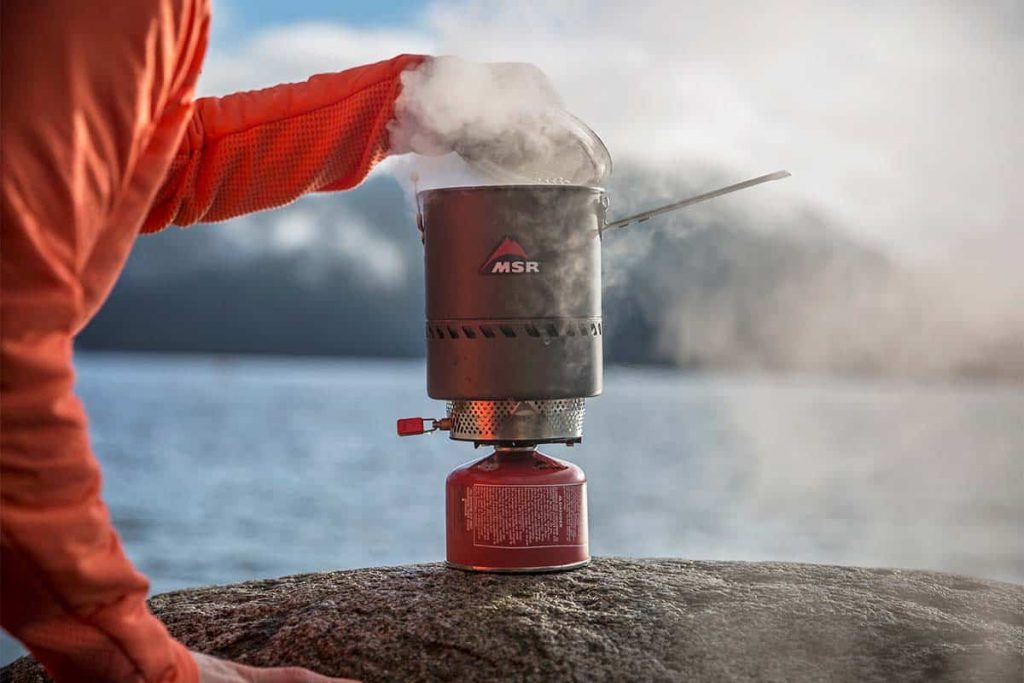
Table of Contents
What is a Backpacking Stove?
A backpacking stove is a portable stove that can be used to cook food while camping, hiking, or biking. You’ll want to choose the smallest and lightest weight option available so you don’t add extra weight to your backpack.
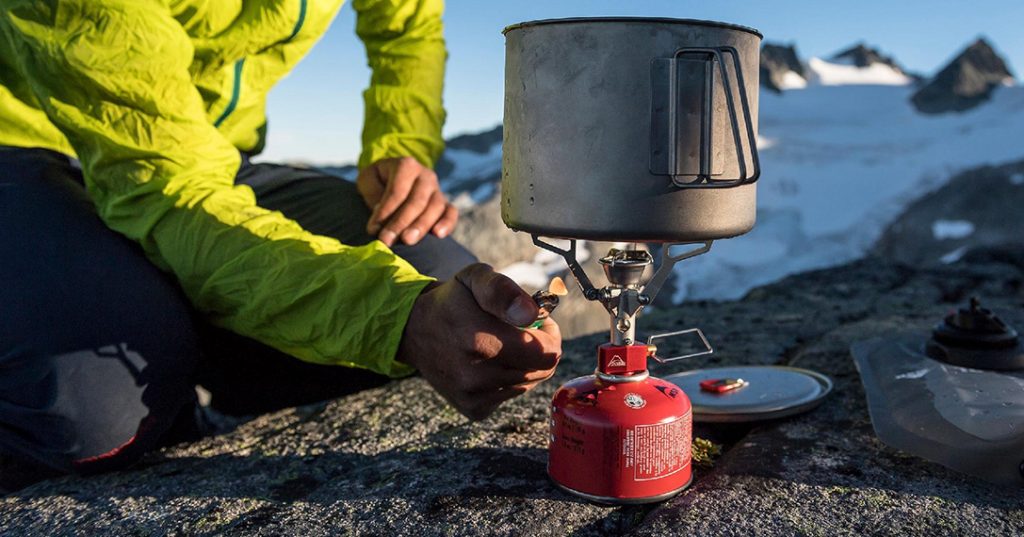
Types of Backpacking Stoves
There are several different types of backpacking stoves available on the market today. Understanding each kind can help you choose which one is best for your needs.
- Alcohol Stove – If you’re looking to save money when purchasing a stove, an alcohol stove might be right for you. Alcohol stoves have been used by campers and hikers for years because they are cheap, lightweight, and small. They can be made at home or purchased online.
- Liquid Fuel Stove – These stoves work by burning liquid fuel such as white gas to create heat that will allow you to cook your food. Liquid fuel stoves offer more power than alcohol-based backpacking stoves and are more suited for cooking complex meals.
- Butane Stove – These stoves use butane as a fuel source to create heat that will allow you to cook your food. The main benefit of using these kinds of backpacking stoves is they can simmer, which means your meal won’t burn or overcook while sitting on the hot plate.
- Canister Stove – A canister stove is a small and lightweight option that runs off of gas in the form of pressurized gas canisters. Compared to other kinds of backpacking stoves, these burn cleanly and produce little noise while cooking your food. However, they are not very efficient because much fuel will be wasted during your trip.

Fuel Efficiency and Cooking Time
When you’re looking for a backpacking stove, one of the most important things to consider is how efficient it will be with fuel use as well as its cooking time. The more powerful stoves also tend to eat up more gas or liquid fuel than smaller ones, so this might also be a factor to consider.
If you’re looking for something powerful enough to cook your multi-course meal, then you might want to choose a different kind of stove from the ones listed above. However, if you just need a quick and easy way to heat up some food without wasting too much fuel or adding extra weight on your back, then you might want to consider small and lightweight alcohol or a canister stove.
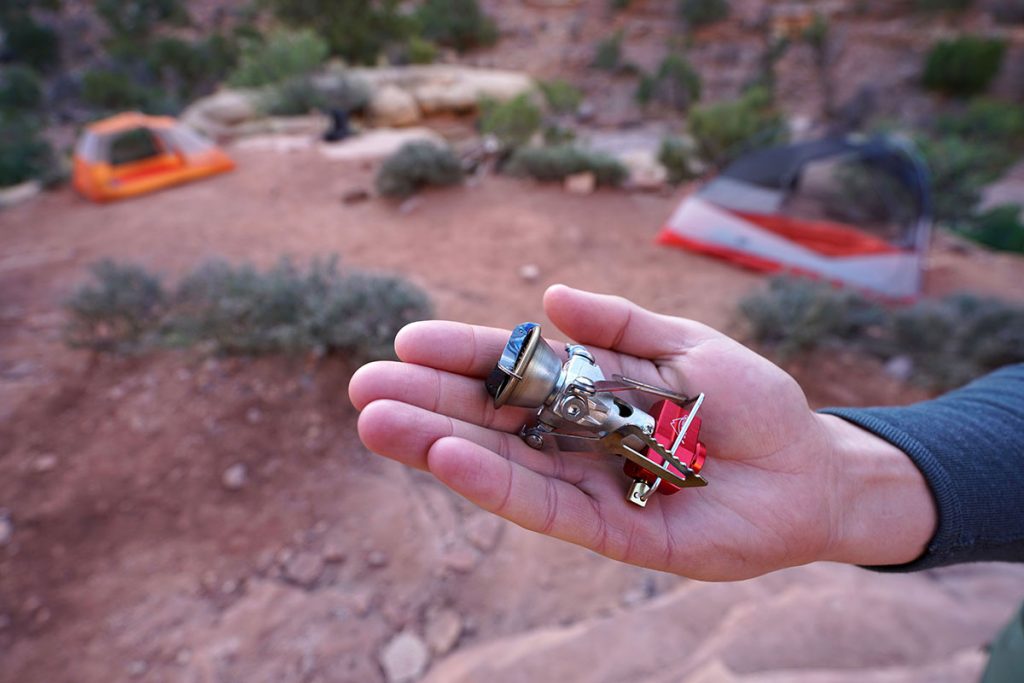
Weight and Portability
Since you’ll be carrying the backpacking stove with you on your excursions (unless it’s one of those super heavy-duty models that doubles as a camp chair), make sure the weight isn’t too much for you to handle. Look for lightweight stoves that won’t add too much to your load if you’re backpacking, or you might want to consider a different kind of stove if you’re going to be driving or biking into your camping site.
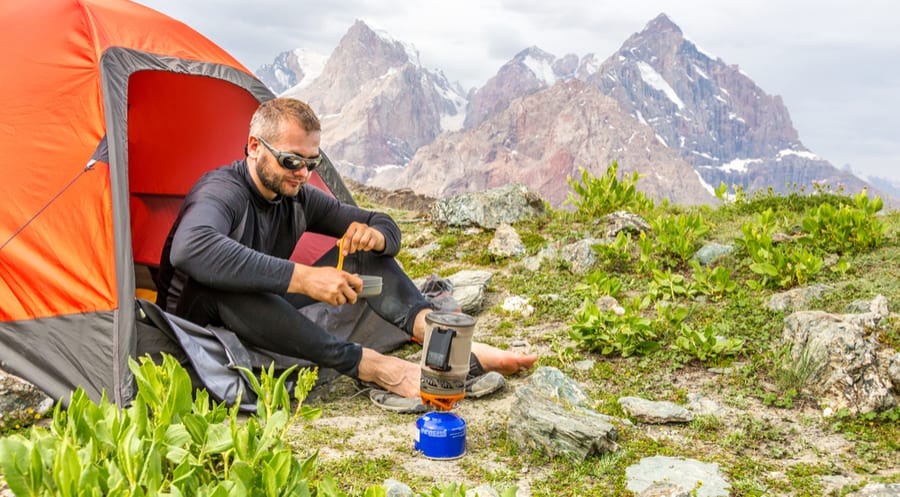
Price
When it comes down to it, price is also one of the main factors many people consider when looking for a good stove. However, you don’t have to spend a lot of money on a backpacking stove. You can find small and lightweight alcohol stoves for about the same price as a cup of coffee or tea at your local cafe.
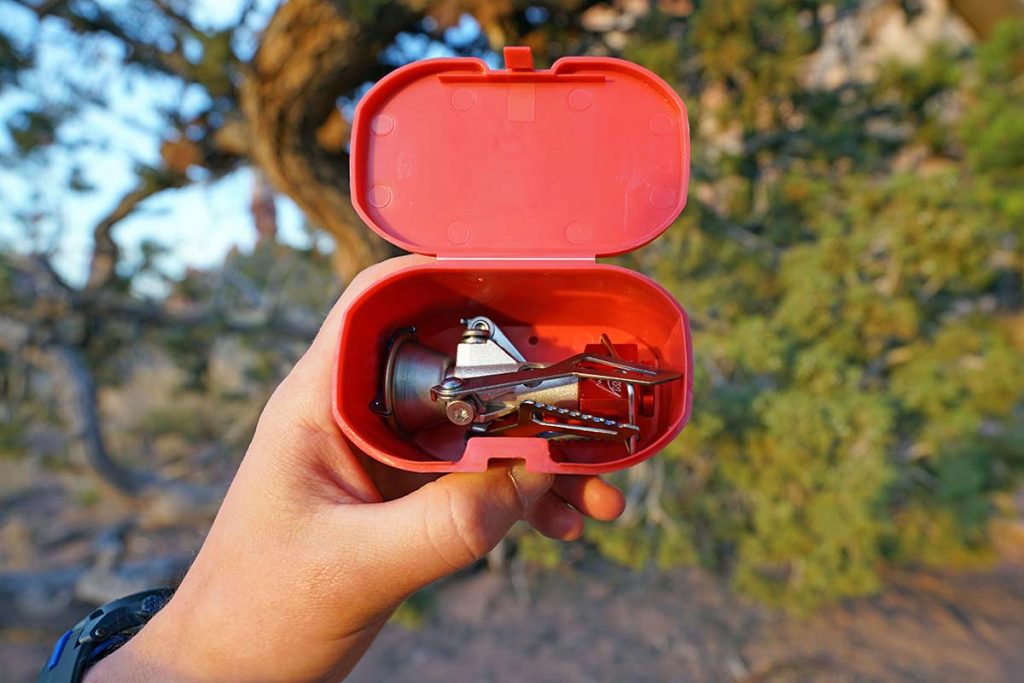
Stability
One of the most important things to consider when choosing a backpacking stove is how stable it will be while cooking your meal. Look for a stable design that won’t tip over easily while you are cooking. Also, make sure the stove is designed to be compatible with your cookware so it doesn’t tip or slide around when you set it on top of it.
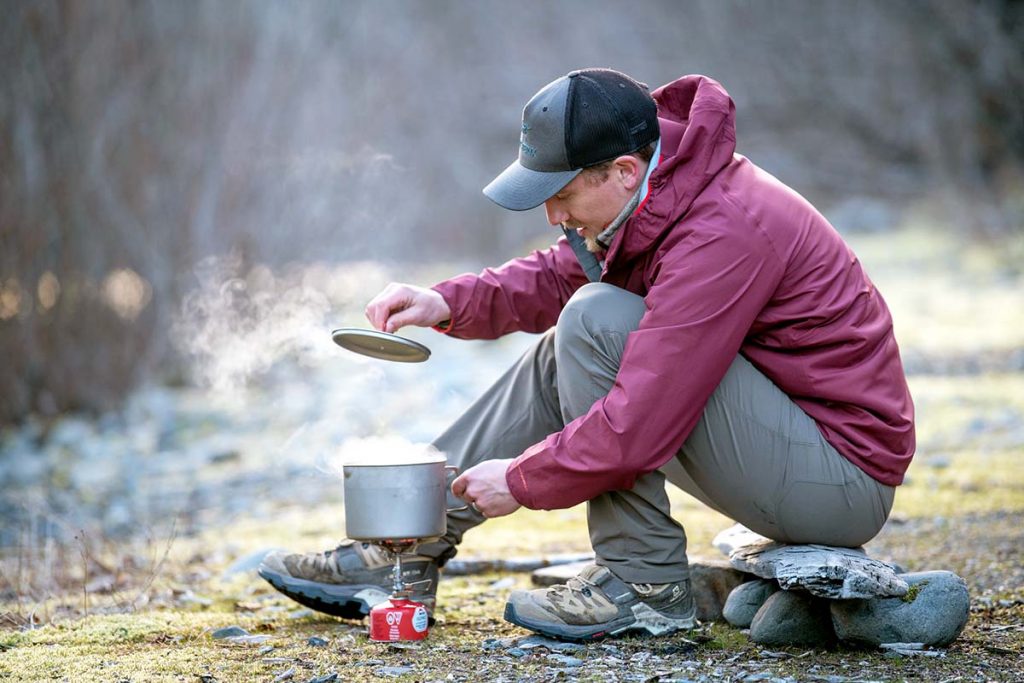
Simmering Ability
Sometimes you might want to cook a meal that requires simmering. This means cooking your food slowly and evenly while avoiding burning or overcooking it. If this is the case, then make sure your chosen stove has some advanced features such as adjustable heat control, self-cleaning jets, and piezoelectric lighters.
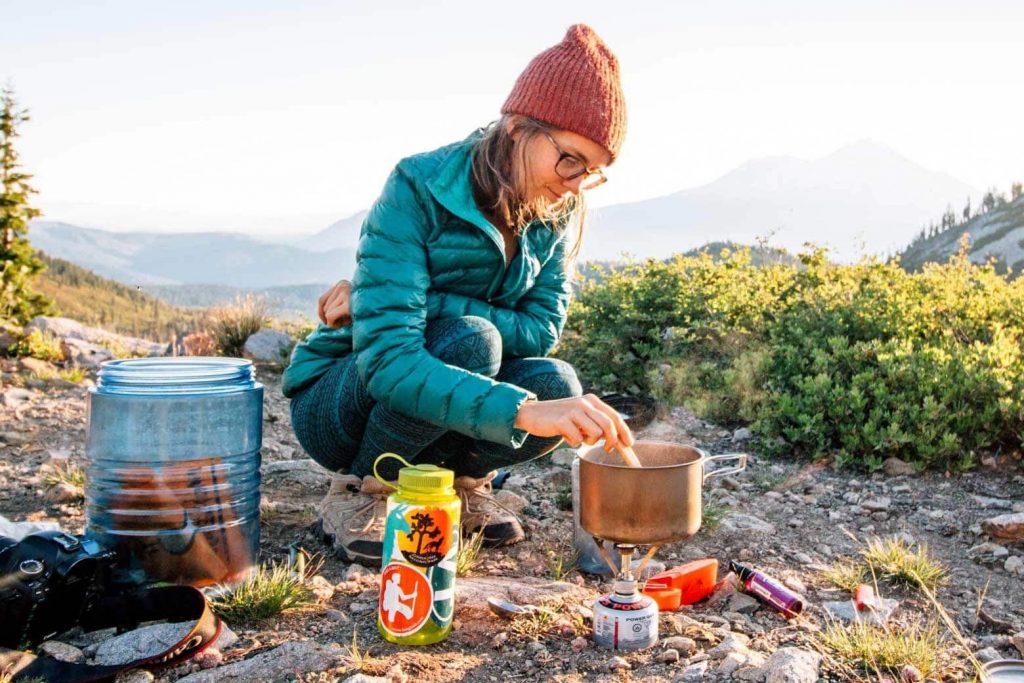
Futures to Consider
There are many things to consider when choosing a backpacking stove for your next trip. This is why it’s important to read about the different kinds of stoves and their features so you can find one that meets all your needs and fits within your budget.
- Adjustable heat control – Stoves with adjustable heat control will allow you to adjust the temperature of your stove. This is especially important for things like simmering, cooking complex meals, and if you want to save on fuel use during certain times of day or night.
- Self-cleaning jets – Stoves that have self-cleaning jets are special because they prevent clogs and build-up so you can cook your meal without worrying about cleaning the stove first.
- Piezoelectric lighters – Stoves with piezoelectric lighters are easier to use than some other kinds of backpacking stoves because they don’t require matches or a lighter, just press down on them for instant ignition.
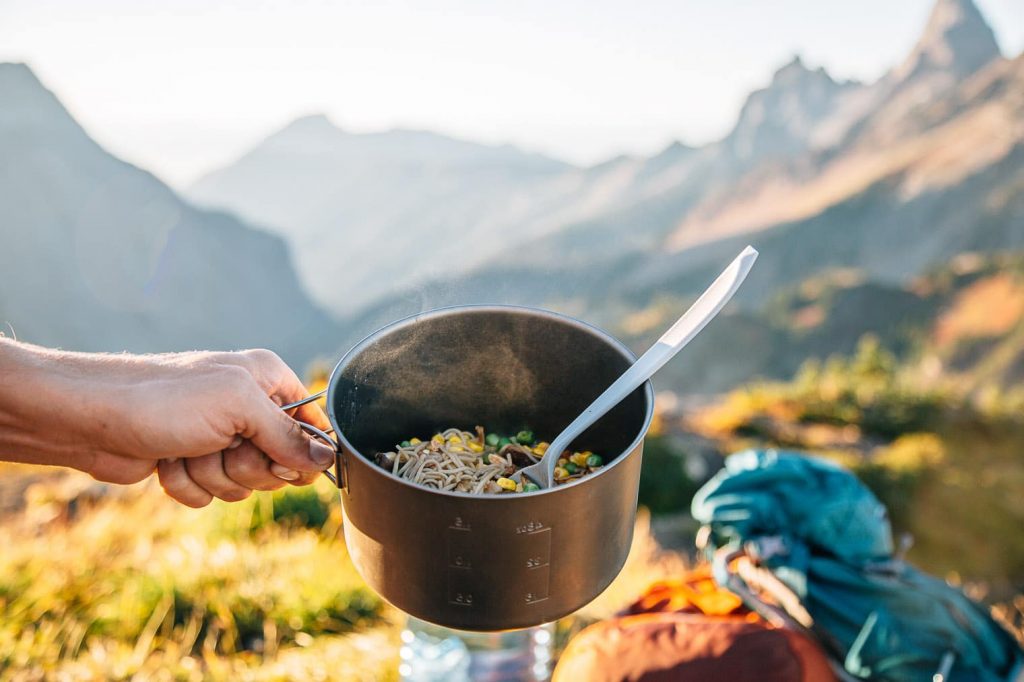
What to Avoid in a Backpacking Stove
When you’re looking for the best backpacking stove, there are some features you might want to avoid. For example:
- Make sure your chosen stove is compatible with your cookware so it doesn’t slide around when in use or tip over easily while cooking.
- Don’t choose a stove that is too heavy or bulky to carry around.
- Make sure it has stable legs instead of flat ones so it doesn’t fall over during use.
- Also, try to avoid stoves that require matches or a lighter to light the stove. This can be dangerous if you’re in windy conditions or trying to cook your meal on uneven ground, so consider this when choosing one of these stoves for backpacking.

Ease of Use & Comfort
One of the most important things to consider when choosing a backpacking stove is how easy it will be for you to use. You don”t want something too complicated with lots of moving parts that could get jammed or break easily while on your trip, so look for lightweight stoves with simple designs that are easy to understand.
As well as ease of use, consider how comfortable it will be to cook using your chosen stove. This is important if you’re cooking for more than one person or plan on spending long hours around the campfire trying to prepare food and eat.
Some people prefer an open flame while others might want a closed burner that lets them control the heat better without the risk of being burned.
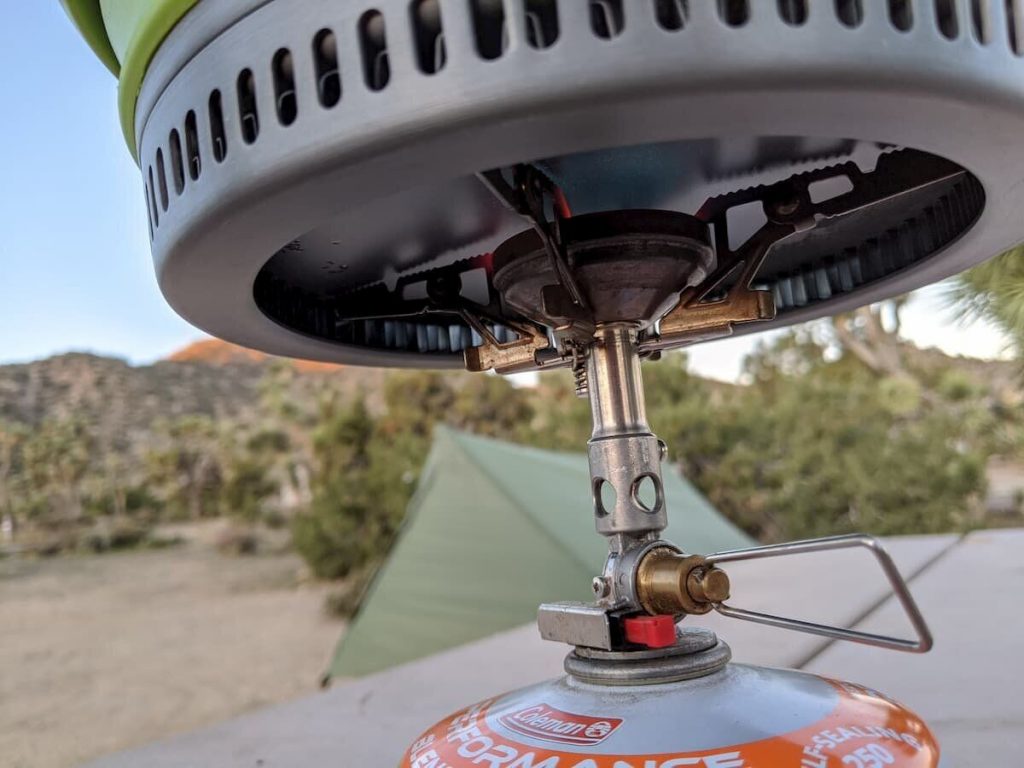
Cleaning and Maintenance
Another thing to consider is how easy it will be for you to clean and maintain your stove. If you’re out in the wild, there might not be any places nearby where you can buy spare parts or find someone who knows what they are doing when something needs fixing.
Don’t forget that most backpacking stoves come with manuals that will give you plenty of information about how to clean and maintain your stove, so make sure you take the time to read these thoroughly before heading out on your trip.
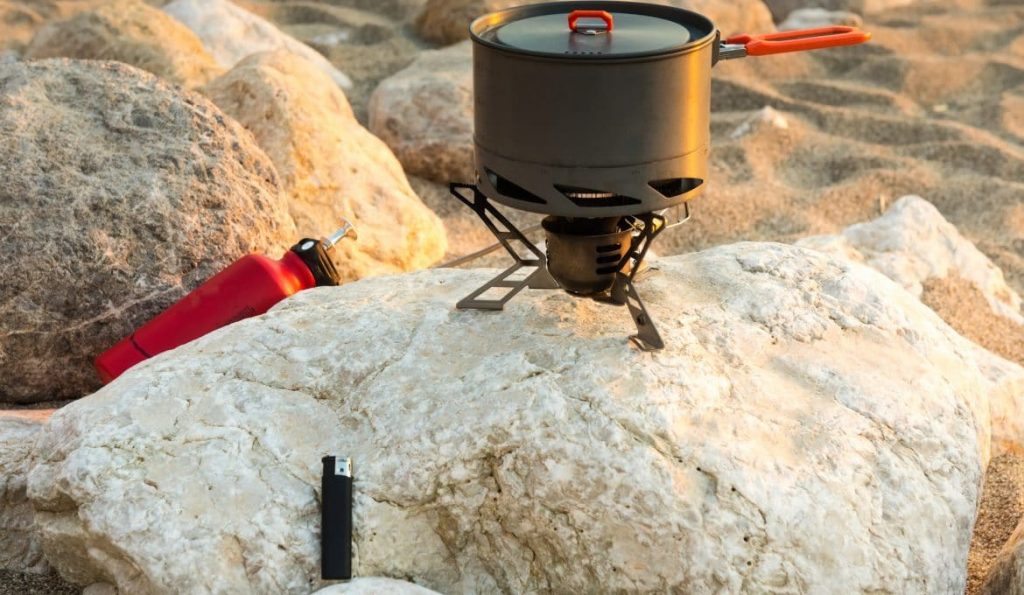
5 Questions to Ask Yourself Before Buying
Here are some things to think about when choosing the best backpacking stove for your needs:
- Will you be cooking complex meals or just heating up water?
- How much fuel do you need and how far will you have to carry it?
- How easy will it be for you to clean and maintain your stove?
- Will the weather conditions on your trip determine whether or not you can cook outdoors?
- Does this stove work with what I already have, or do I need to buy new equipment?
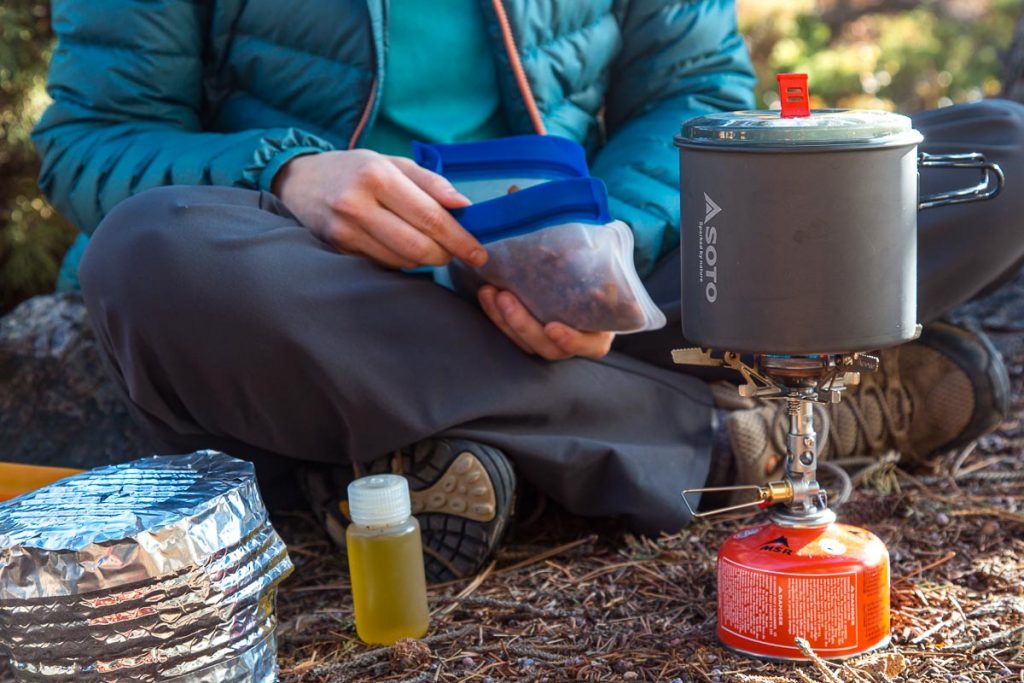
FAQ
Q.What kind of fuel does it use?
A.This will depend on the type of stove you choose, but generally speaking, most backpacking stoves don’t come with their own fuel source and need to be filled by hand. Some may burn alcohol or other types of liquid fuels that are commonly used for camping purposes while others use gas.
Q.How do I fill it with fuel?
A.Most stoves will come with their own built-in filling device that you can detach and refill using a separate fuel flask or bottle, but if yours doesn’t have one, you’ll need to carry along an outside source of liquid fuel like camping alcohol or a bottle of gas.
Q.Can I use it in the rain?
A.Some backpacking stoves have a built-in covering that will protect them from being damaged by water, but others might not be as weather-resistant and need to be stored away when you’re expecting bad weather or high winds on your trip. If this is the case, you’ll need to wait for good weather before cooking your meal and it’s a good idea to bring some alternative methods of heating such as matches or a lighter.
Q.What kind of cookware can I use on this stove?
A.Some stoves are compatible with all types of cookware while others require specific types that have flat or metal bases. Make sure you check the instructions before buying your stove to see if it is compatible with the cookware you already own, and if not, look for a model that will work well with what you’re planning on using when backpacking.
Q.What kind of fuel does this stove need?
A.Most backpacking stoves run on butane, kerosene, propane, or white gas. Some will need mixed fuel while others can be adjusted to work with any type of liquid fuel you choose to use.
Q.What kind of maintenance does this stove require?
A.If your stove needs cleaning before and after each trip, you’ll need to find a way of carrying out this process without anyone’s help, so it’s important that your chosen model is easy enough for one person to use. Make sure the stove comes with all the necessary equipment and read through any manuals before heading out on your trip just in case there are parts you might not have thought about needing.

